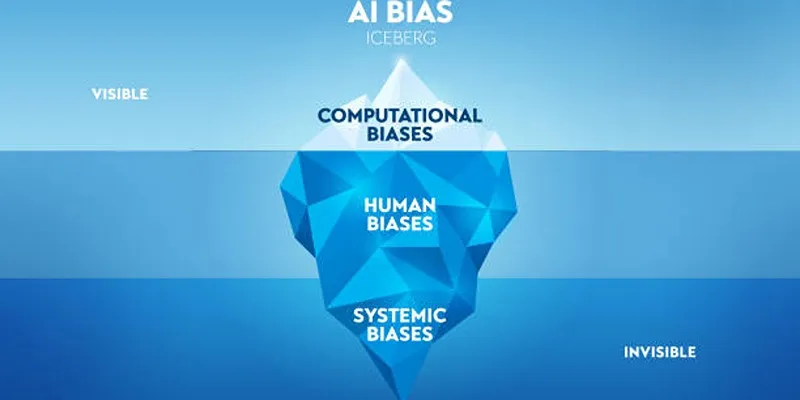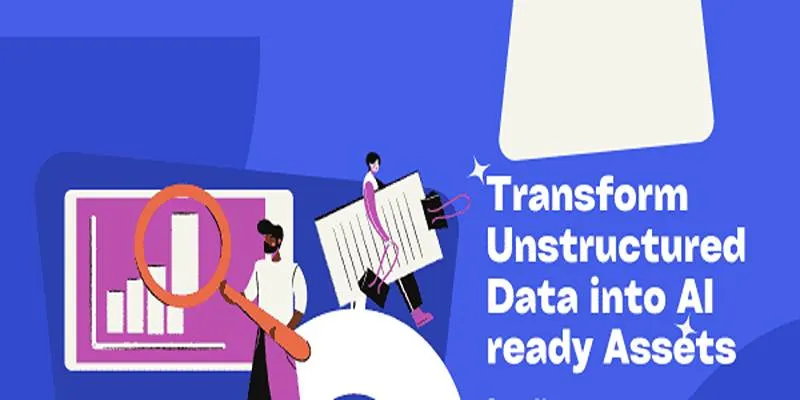The integration of artificial intelligence (AI) in finance offices is no longer a futuristic concept; it’s a current reality. As AI-powered financial tools become increasingly prevalent, companies face mounting pressure to prepare their employees for the transformation in finance roles. It’s not just about equipping finance teams with new tools; they must also adapt their mindset, work habits, and skills to thrive in an ever-evolving business landscape.
The Importance of Preparing Finance Employees for AI
AI in finance offers undeniable advantages — from automating repetitive tasks to enhancing data analysis, speeding up reporting, and minimizing human error. Despite these benefits, many finance professionals still rely on traditional, manual methods for tasks like invoice management, expense reporting, and forecasting.
Forward-thinking companies recognize that AI isn’t replacing finance professionals; rather, it is transforming how they work. Those who adapt can become more strategic and valuable contributors to their organizations.
Understanding AI’s Role in Finance Functions
Finance employees must comprehend AI’s integration into their daily tasks. By understanding its practical applications, the technology becomes less daunting.
Common AI applications in finance include:
- Automating routine tasks like data entry and reconciliation
- Using predictive analytics for cash flow and revenue forecasting
- AI-powered audit assistance
- Intelligent chatbots for handling finance-related queries
- Real-time fraud detection systems
Rather than manually gathering data or verifying transactions, finance professionals will focus on interpreting AI-generated insights and making strategic decisions.
Fostering a Learning and Change-Friendly Environment

Creating a work culture that encourages curiosity and learning is essential for preparing employees for AI. Finance teams often operate in high-pressure environments with a strong emphasis on accuracy and routine. Consequently, the introduction of AI can lead to uncertainty or resistance.
Companies must be transparent about their AI objectives and offer employees a safe space to learn and experiment. Early communication about how AI will support, not replace, their work can significantly alleviate fears.
Evaluating Skill Gaps Before Initiating Training
Before launching any training program, businesses must assess their team’s current capabilities, identifying existing digital skills and areas needing development.
Consider the following questions for assessment:
- Are employees confident using data analysis tools?
- Do they understand how to interpret trends and financial models?
- Are they familiar with tools like Power BI, Excel macros, or ERP systems?
- Have they had any exposure to AI concepts or cloud-based software?
Conducting a basic survey or informal interviews can provide valuable insights, shaping a targeted training plan that addresses real skill gaps.
Designing a Customized Training Program for Finance
Once skill gaps are identified, the next step is crafting a practical training plan that supports growth without overwhelming employees. The training should cover three key areas:
1. Understanding AI Fundamentals
Finance employees don’t need to become tech experts, but understanding AI basics is crucial.
- What AI is (and isn’t)
- Types of AI used in finance
- How machine learning models assist in financial decision-making
- Ethical concerns and data privacy when using AI
This foundational knowledge builds employee confidence in using AI tools effectively.
2. Developing Data Literacy
With AI tools generating vast amounts of data, the ability to read and interpret it is essential. Finance professionals should learn:
- How to read charts and dashboards
- How to identify trends and anomalies
- How to use data for decision-making
- The basics of storytelling with data
Data literacy enables employees to use AI effectively, spotting risks or opportunities early.
3. Hands-On Practice with Tools
Practical experience often surpasses theoretical learning. Organizations should provide training on specific tools their finance teams will use, such as forecasting platforms, expense automation software, or AI-driven dashboards.
Training could include:
- Simulations of AI tools in real-life scenarios
- Case studies showcasing AI success stories in finance
- Step-by-step guides for using new software
- Short workshops or recorded tutorials
Practicing with actual tools builds employee confidence and clarity.
Encouraging a Culture of Continuous Learning
Learning about AI shouldn’t be a one-time event; it’s an ongoing process, especially as technologies evolve. Businesses promoting ongoing learning will see their finance teams strengthen over time.
Ways to promote continuous learning include:
- Sharing monthly newsletters with AI tips and resources
- Providing access to online learning platforms
- Encouraging peer learning through team knowledge-sharing sessions
- Recognizing team members who proactively upskill
Incorporating learning into work routines fosters long-term adaptability.
Combining Human Skills with AI Capabilities

Even the most advanced AI tools cannot replace human intuition, ethics, and emotional intelligence. Therefore, finance employees must understand the continued importance of their human skills.
Essential human skills for finance teams to develop include:
- Critical thinking
- Ethical judgment
- Collaboration and communication
- Strategic planning
When combined with AI’s speed and accuracy, these skills create a high- performing finance function.
Conclusion
In today’s rapidly changing finance landscape, preparing employees for AI is no longer optional — it’s essential. By focusing on practical skills, clear communication, and ongoing support, companies can guide their teams through the transition with confidence. Finance professionals shouldn’t fear AI; they should learn to work with it. With the right training, AI becomes a tool that enhances human decision-making, not replaces it. Businesses investing in their people will achieve better results, stronger teams, and a future-ready finance function.
 zfn9
zfn9























